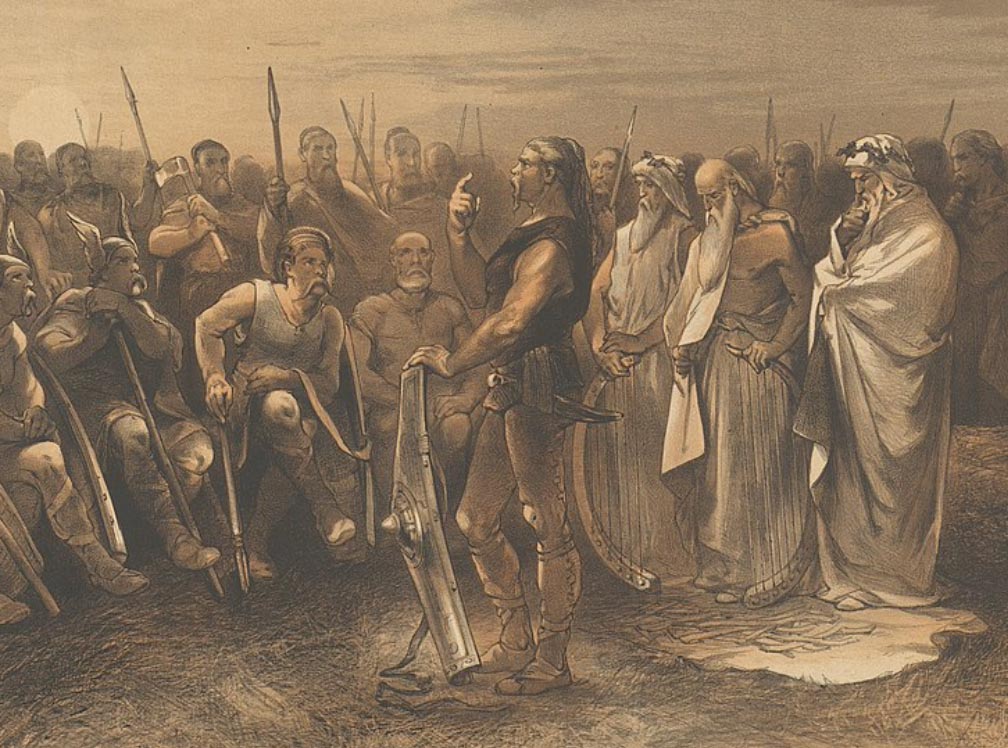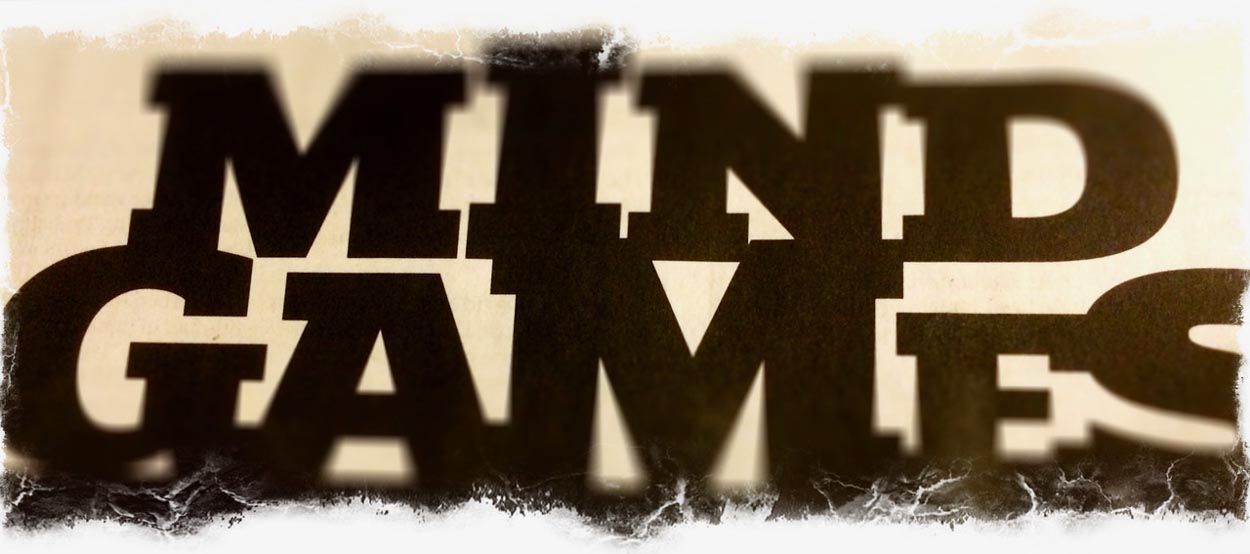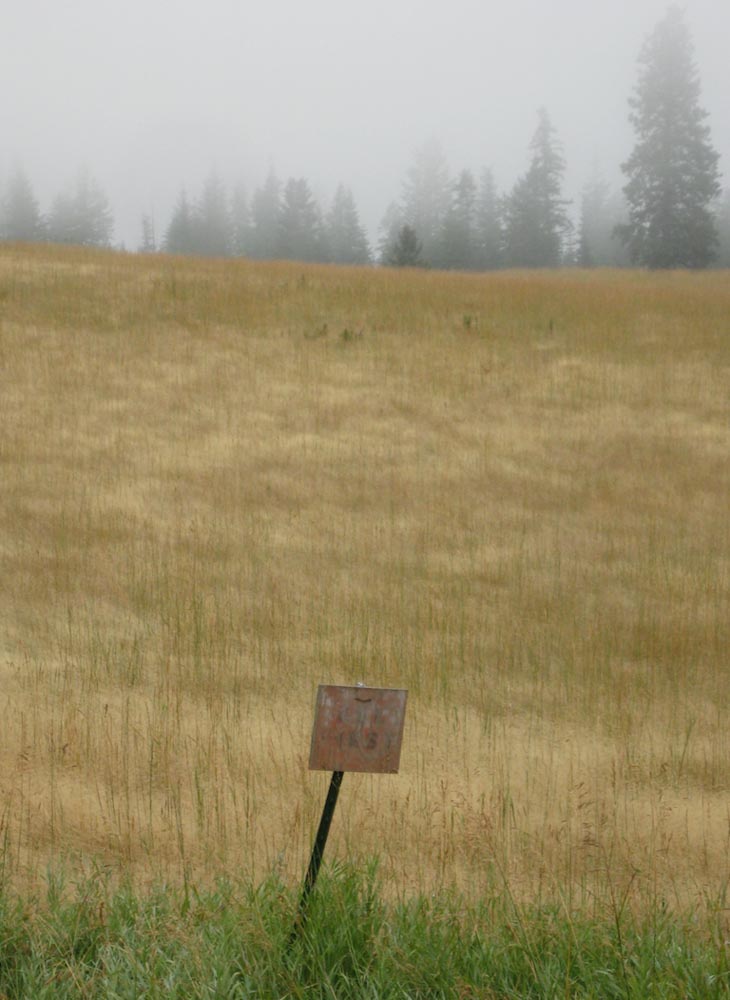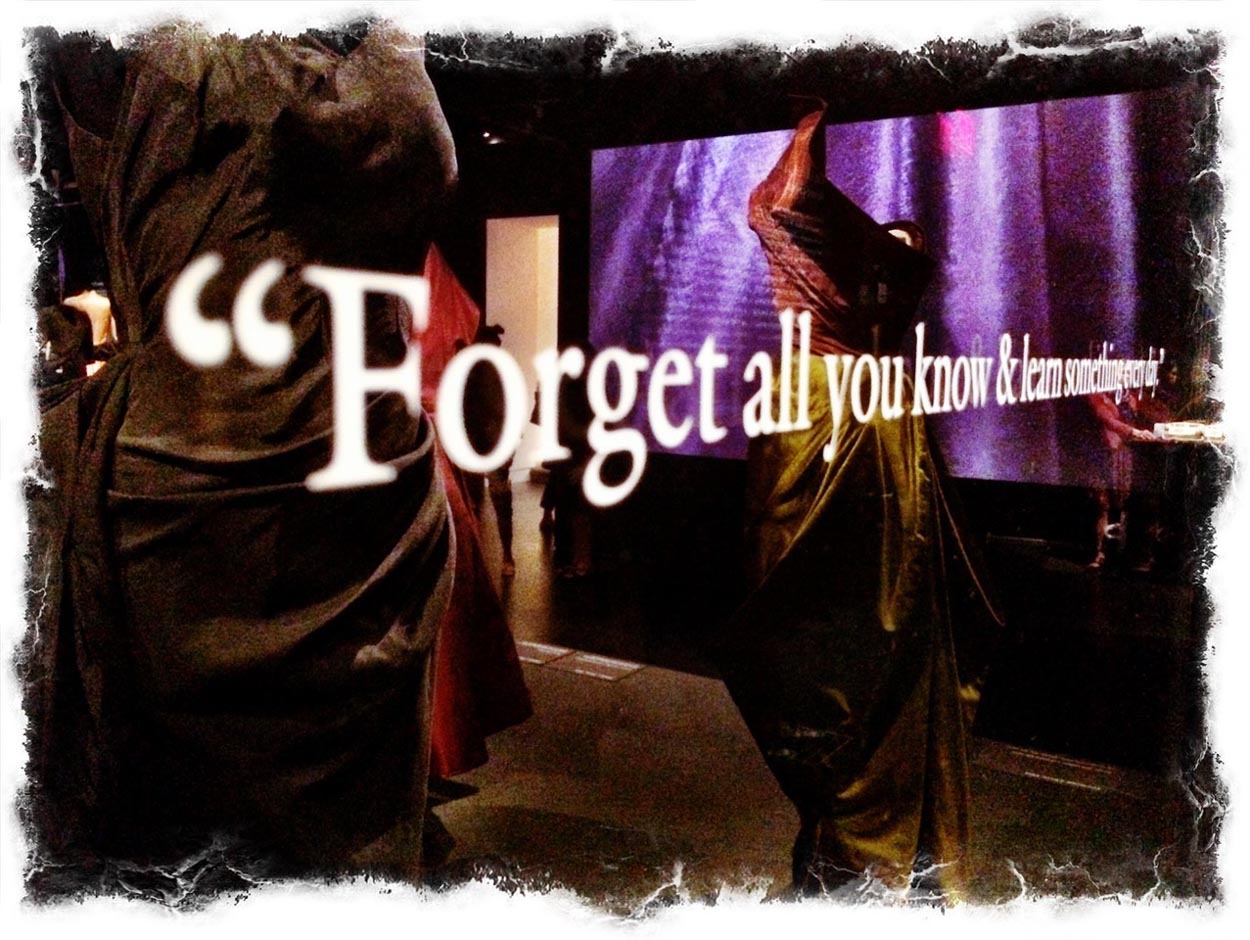
Your name is your apex point of recognition—it’s the first thing that your audience sees and hears—it’s the hello: “my name is, here’s what I do. And here’s what I can do for you.”
We know naming. GIRVIN has a quarter century of active naming experience, with a time-tested methodology, collaborative approach and team-built solution set.
Often, the nature of commerce, community, exchange and sharing comes to an intro-duction—literally, a passage from one to another—it’s something offered. But more so—it’s the “leading-in,” as in the beginning of connection—one to another. Your name becomes that opening point—as well as, of course, the story that comes with the name. When you think about it, telling someone your name is either comfortable or provokes an uneasiness—“I’m not saying my name…” And sometimes, to that cant of inquiry, you might ask for the name of a person, and there is a pregnant moment of hesitation — like:
“really, this person isn’t going to tell me their name?”
Why?
Privacy, secrecy or personal predilection—or, “it’s mine.”
However the response might be, once something is named, it gains a new stature in recognition, perception and life in community; it lives on in a new way—it has a foothold, it has a place; whereas before, it might’ve been mostly an idea that floated in the mist of uncertainty. It was neither here, nor there.
An ancient principle of voice percolates the subjective empowerment of words—
as vessels for improvised ideas—and the named premise of ideals. To name something makes it visible. As a form of brand strategy, naming should align with the tactical expectation of stance, premise, promise and relationship-building.

I’ve written in the past about the idea of the thing. It’s some-thing, or it’s no-thing. Etymologically speaking, the thing is a place—historically a site in Nordic lore for judgment. In Iceland, the UK and northern Europe, there is a map of “things,” named sites of democratic judgment.
The naming of principles—such as the reference to Viking leadership and community precepts—
reaches back to the names attached to objects.

Speak, name, define, qualify, and make evident. It’s an intellectual, research-based and progressively sorted exercise, based on the disciplines of filtering and curation; and while it’s a mindful study, it’s also subjectively reviewed. People react to names based their own relationship to language and naming.
“I like that name.”
“I don’t like that name, it’s not me,”
[or what might be thought of the strategy that’s been set.]
Obviously, as strategists, we tend to look at the power of words as even more potent in the exchange of ideas in branded commerce. Names have a mystical parlance—a name, like a spell-binding, attaches voice to a force.

The sign with no name is nothing.
It says nothing. Makes instruction, offers no mark in place.
Make something new.
Newly name it.
The very name: thing, is something that speaks, as I’ve noted above, to a depth of meaning. Amusingly, it’s a name that had significant power earlier, but now is used for a kind of generic nomenclature for…a something.
Centuries back, thing was the matter of a meeting, a deliberation—an entreaty or event being discussed and voted on. Earlier, the thing was about time; and it might even relate to the “stretching” of time—during the time for a meeting. From the 1600s, it might’ve referenced the “unnameable”—a thingumbob (1751), thingamajig(1824). Or more recently, the hippie parlance: “do your thing.” Or an expression of purely personal style, a statement of fashionability, it’s “the thing”—from 1762.
Names—the development of naming solutions as part of a brand program–are among the most difficult tactical component of brand innovation and evolution. It’s because of one thing—names, as part of something being “read” or spoken are levels of some of the most subjective, the savoring, the study, the read and voiced rendering of a thing, as a name—is personal. People react viscerally—a name is a name; but, in that, they are far more important; the name could be, shall be, the heart of the brand, it is the key character, the keystone of the connection to a brand experiencer. It’s the Google, the Amazon, the Apple; it’s “only a name,” but it’s everything. Say it, and you’re there; read it, and you know it. (Naming, and the ancient legacy of the word — the nomen, speaks to the mystical naming of an entity; it’s not merely voicing a “title” it is about calling forth the power of that thing — or, the being that resides in that thing. To add to the measure — our idea of etymology comes from that selfsame ancient index — the etymon being the true name of the thing. And in that voicing, the invoking or invocation — that spirit just might come forth.)
Back to earth please: but in that challenge — the seeming ease of developing a name —
there are numerous burdens of proof in survival.
Rules of the name might be simplistically framed as:
N A M I N G R E F E R E N C E S
• It’s metaphorical—there’s something in the character that lends to a hidden meaning that resonates deeply to the listener.
Amazon
river flows.
• It means what is being done—there’s a mission, a promise, and the name fulfills it.
Shake Shack
shakes.
• There is a code, the naming strategy is a “secret language,” which must be shared and identified for others outside the circle.
Red Giant
strides.
• The name is combinant — it gathers components and
unites them in a differing context.
Garden Botanika
plants wellness.
• It’s part of a numerical coding.
BMW Series 3.
Your favorite number?
• There is a story, it might be hidden,
but there is a conceptual bridge to legacy.
Apple
rolls.
• A personal vision and exploration—
a life standard that becomes the exemplar for the brand.
They are:
Siren Song.

Designing nomenclature strategies
In defining the right tactical sequence for naming,
think about:
The architecture of naming—
is this name to be used in the criteria of other, extant names, how does the system work?
Relevance, [resonance + relationships]—
would be a critical concern:
how does the naming strategy provide utility,
how does it “sounds right,” and builds upon narratively-inspired relationships or storytelling?
Visualization—
the name should be considered in the context of sight:
community and brand experiencer viewership; how it looks,
or shall look, will be an important reference.
Ease—
answering the phone, written and read, the aural character,
this fluency will be an crucial measure.
Conceptual foundation—
it’s desirable that there is a story, a concept bridging between
the idea of the name and the foundation of its reasoning.
Trendiness—
there are trends that roll in the landscape of naming solutions; these trends nearly can be tracked as a kind of strata in the history of naming development, from the directness of
International Business Machines to the seeming abstraction of Google.
Unique proposition—
the idea of alignment to distinction,
in framing the “onliness” or discrete character,
as well as owned uniqueness will support definition in the market.

GIRVIN’s Naming Developments
Our process is entirely aligned with the process above, we utilize a string of developments: from research and competitive analysis, the tiering of deep metaphors and symbolic allegories, to innovation summits and BrandQuest® workshops and a structured, nomenclature development-trained team we call Ideator®.
Ideator® has named:
Eastern Congo Initiative—.org for Ben Affleck
Mōdrn Furniture
The Power [PC] nomenclature platform
for Apple, Motorola and IBM
Puget Sound Energy—the PNW power grid
Tremor—P&G’s teen engagement technology
WCP | Solutions—West coast operational distributor
Viathon Bicycles
VIZn Energy
Zella—Nordstrom’s Private Label
and top-selling in-house brand

In the emergence of the new ideal, truth speaks in the authenticity of the the naming strategy and the tiering of messages that arc out in the character of the textual tree. All strands lead to the top in this allegory.
Everything changes, it’s the only constant.
For me, nomenclature shifts—since 1973, strategy, size, industry relationships, client types, media focus, expertise groupings, studio multiples, alliances—and finally, simple. My naming history: Alphabet, Elements, Tim Girvin & Associates, Tim Girvin Design, Tim Girvin, Girvin, Inc. GIRVIN | Strategic Branding & Design. And you too, your brand, name, visualizations, messages and experiences should be similarly synchronized—internally and to your community of stakeholders and engagers.
Or not. And the tactics of engagement need to change.
Names need to sync to the present state of the community,
in the relevance of the brand to their use of the relationship.

Talk sometime
about your name?
What’s your name, what’s the story, who’s listening,
how’s it feel, look and sound like?
And most crucially, to your naming evolution
or innovation—who cares?
Name sometime?
––––––––––––––––––––
Let me know if I can help in any manner
Tim GIRVIN | Strategic Brands
digital | built environments by Osean | theatrical branding
waves | art | talismanika™
Projects in strategy | story | naming | messaging | print
identity | built environments | packaging
social media | websites | interactive
